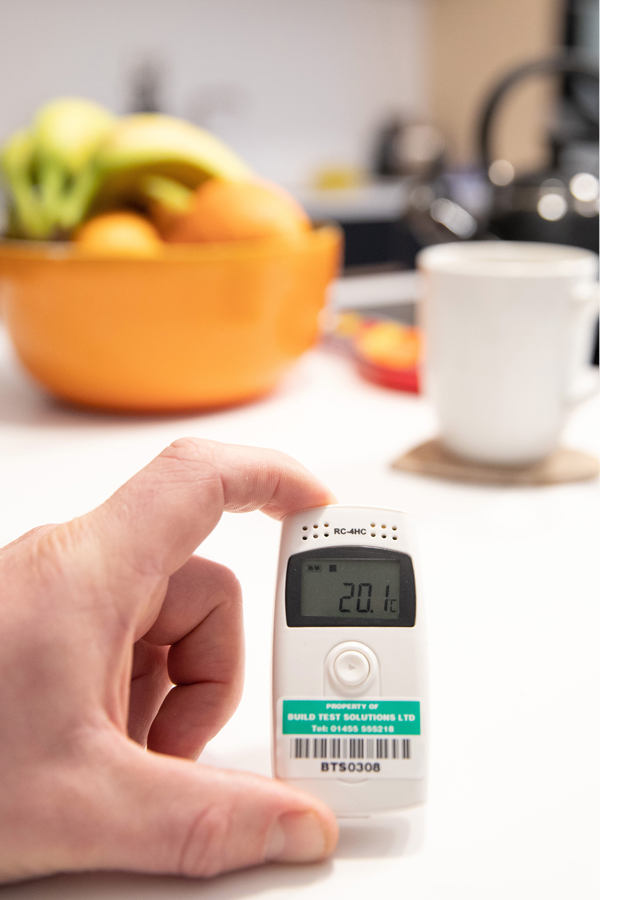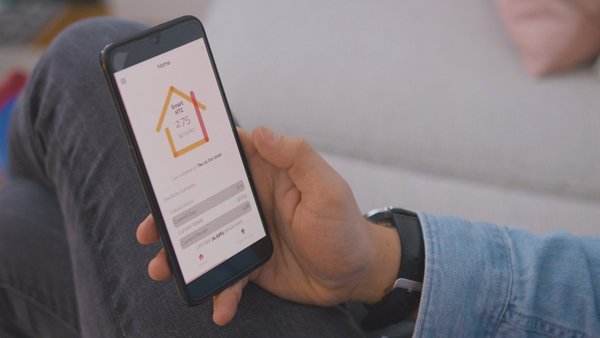 You often only realise you have mould when you spot an unsightly black patch in a damp corner, perhaps by the bath or under a sink.
You often only realise you have mould when you spot an unsightly black patch in a damp corner, perhaps by the bath or under a sink.
But now a new hi-tech measurement method has been developed that will warn you about that mould – long before it has even appeared. It means that action can be taken much more proactively to prevent the problem occurring in the first place.
The breakthrough in maintaining housing stock and preventing homes from deteriorating is of particular interest to housing associations and those involved with social housing.
Not only does it provide managers with a way of assessing future risk, it also helps to guard against health problems for tenants.
Mould and the consequent spores that break free can cause repository problems such as asthma and can exacerbate underlying health conditions, with fatal consequences.
Removing carpets and painting over the issue doesn’t address the root cause, nor does necessarily just adding more ventilation.
‘It’s vital we don’t underestimate the scale and complexity of the problem. Predicting whether mould will occur could not only prevent people having health problems but could even save lives,’ said Luke Smith, managing director at Build Test Solutions, which has developed the technology.
The issue of mould and damp in homes is driven by complex interrelationships concerning the underlying thermal performance of the property, the levels of heating and ventilation as well as occupancy factors that drive moisture generation. Only by recognising this does it become possible to establish the root cause of issues and the best action to take.
Understanding thermal performance
Relying on visual inspections makes it impossible to accurately assess which buildings are most in need of improvement or provide quality assurance of built products. This can lead to fuel poverty, high bills and costly reactive maintenance.
Build Test Solutions specialise in supplying building measurement technologies used for performance monitoring, diagnostics, quality assurance and compliance in the built environment.
Its SmartHTC technology provides a low-cost assessment that gives a definitive measure of the thermal performance of a building. By measuring the rate of heat lost from a building during the winter, through the walls, roof, floor and windows, and by air movement from outside to inside the home, it is the ultimate barometer of how well the home keeps heat in and cold out.
As part of a project with Loughborough University, the team further developed the technology to include an additional moisture balance algorithm to specifically assess the mould, damp and condensation risk.
Users receive a live overall score alongside individual room risk scores, as part of BTS’s Mould Risk Indicator, which is colour-coded with a traffic light system.
Built on more than ten years of academic research following a PhD project at Loughborough University, the SmartHTC technology can be applied over a three-week period during which householders and tenants can go about their daily lives as normal.

Ahead of the curve
Readings can come from existing smart home systems or a small number of temporary, discreet sensors.
“Our proprietary algorithms are highly scalable and can be used in a number of ways, at low cost and with no inconvenience for residents,” said Luke. “Excess cold and dampness in homes is a pervasive issue in UK housing and the long-term impacts on health and wellbeing are extremely negative.
“Using this approach means that rather than reacting to complaints, bad press or relying on a visual survey to detect mould, building owners can get ahead of the curve and make interventions where necessary and before the issues and associated remedial costs spiral out of control.”
Images © BTS
- Log in to post comments













